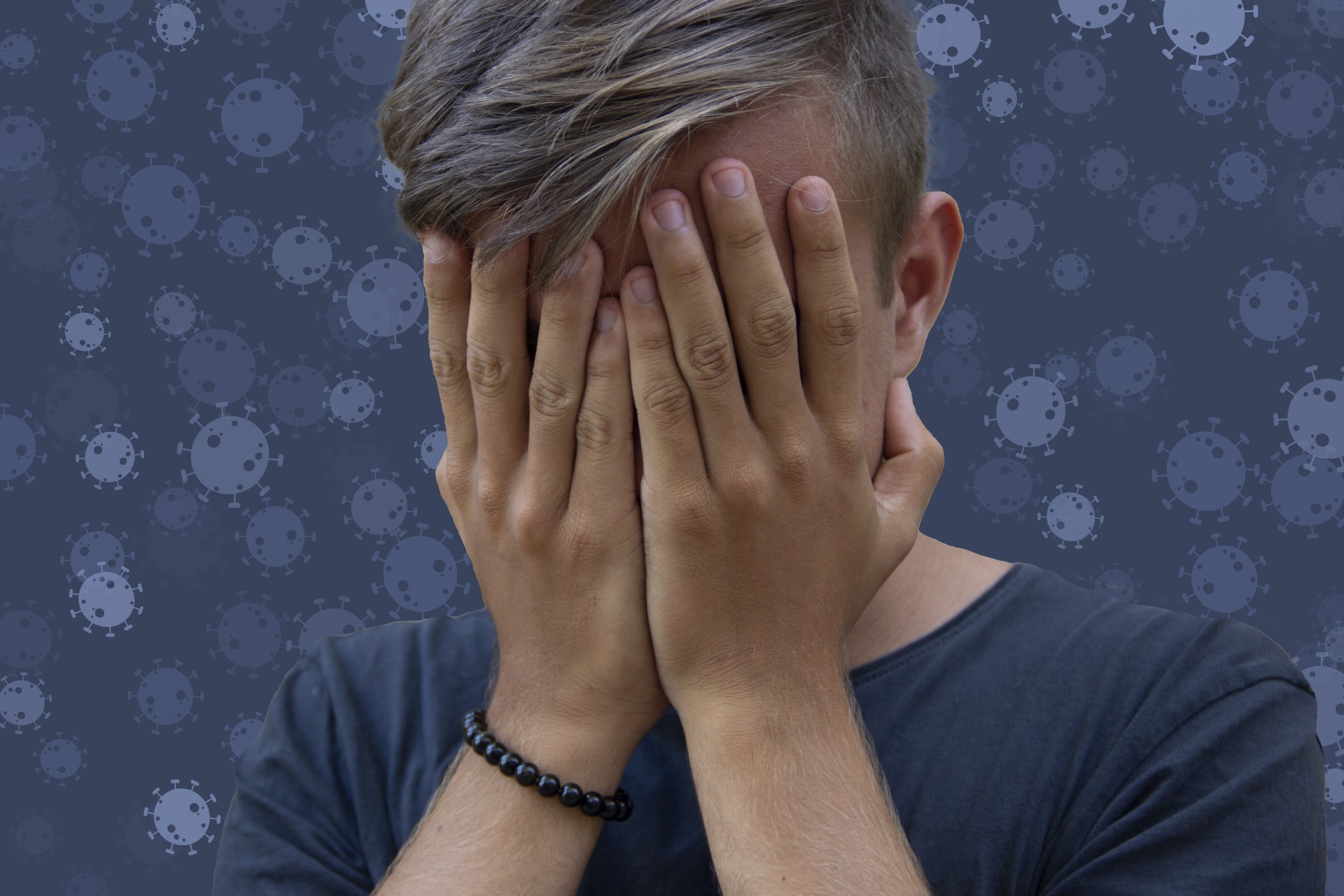
The Ridiculously Comprehensive Guide to Eating Disorder. Part 1: Bulimia.
With the advent of the internet and social media, more and more people are conscious of their looks and how others view them. Most Gen Z, like me, has dealt or are currently dealing with a mental health issue at least once in their life. Eating disorders are the most prevalent kind of issue that you can find with teens because they are the most influential and they are the ones who use the internet the most. I mean, come one, who has ever logged on Instagram or Tiktok and has scrolled for hours looking at photos and videos without seeing time passing? I sure am guilty of this, and with the rise of the infamous Kardashian/Jenner family, we are more aware of our bodies and thrive for the perfect body type and shape. Because of this, we are obsessed with having an hourglass shape, and this obsession with how we look can lead to an eating disorder like bulimia.
What is bulimia?

Also known as bulimia nervosa but most commonly known as bulimia, it is a severe type of eating disorder that might be life-threatening if it gets too severe or if the person exhausts their body too much. This usually starts after extreme dieting, whereby the person has no self-control over what they ingest and can intake a very large amount of food over a very short time. The person will then feel extreme guilt and shame about this binge eating period and will either starve themselves to gain a sense of control over their diet or will purge everything they eat by making themselves throw up. This method does get rid of calories, but it is very unhealthy and may cause some pretty serious damage to your body. People who are bulimic may be overweight, slightly underweight or of average weight; this highlights the fact that anyone can suffer from this, and we need to talk about it to get rid of the stigma associated with eating disorders and for these people to get help.
Symptoms
As stated earlier, a person who has bulimia can come in various body shapes, which is more difficult to notice compared to a person who has anorexia. A bulimic person tends to be ashamed of their binging and purging habits and do this alone and don’t talk to their friends about it. They associate food with something that they should either be ashamed or afraid of. Some of the side effects of bulimia are:
- Severe dehydration
- Early-onset menopause
- Ulcers
- Fatigue
- Acid reflux
- Infertility
- Swollen Salivary glands
- Regular trips to the bathroom
- Suicidal tendencies
- Constipation
- Dry Skin
- Kidney failure
- Low sex drive
- Use of laxatives and diet pills
- Intestinal irritation and distress from overconsumption of laxatives
- Extreme consciousness of weight gain
- Anemia
- Electrolyte imbalance can lead to a stroke or heart attack
- Worn tooth enamel from exposure to stomach acid
Who does it affect?
A survey conducted by the American Addiction Center found that about 1.5% or about 4.7 million women and about 1.5 million men or 0.5% of men in the US currently suffer or have experienced bulimia nervosa at least once in their lifetime. Although bulimia primarily affects teenagers and young adults, there have been reports that it has affected people as young as 6 years old.

This research also highlighted that gay and bisexual men were more likely to suffer from bulimia than men who identified as straight. It has been highlighted that they are 7 times more likely to suffer from binge eating disorder and 12 times more likely to purge than their straight counterparts. Athleticism can also put men at higher risk of being bulimic. While black teenagers are 50% more likely to suffer from bulimia than their white counterparts. 10 200 deaths annually are the direct result of an eating disorder, which amounts to 1 death every 52 minutes.
Bulimia is a mental disorder.

According to the National Association of Anorexia Nervosa and Associated Disorders, bulimia and other eating disorders are considered mental disorders. They are among the most fatal medical conditions in North America. Bulimia can also lead to suicide and cause some long-term illnesses. As with any mental disorder, bulimia can be treated and you can get better over time with the help of a mental health professional.
Remember, talking about your eating disorder is nothing to ashamed of and talking about it is one step towards recovery. Sound off in the comments section below and tell us if you want a part 2 of other eating disorders.

The Top 5 Deadliest Cancers
You May Also Like

How the Weather Affects Our Mood According to Science
2023-10-25
Everything You Should Know About Nuclear Fusion
2023-01-18
